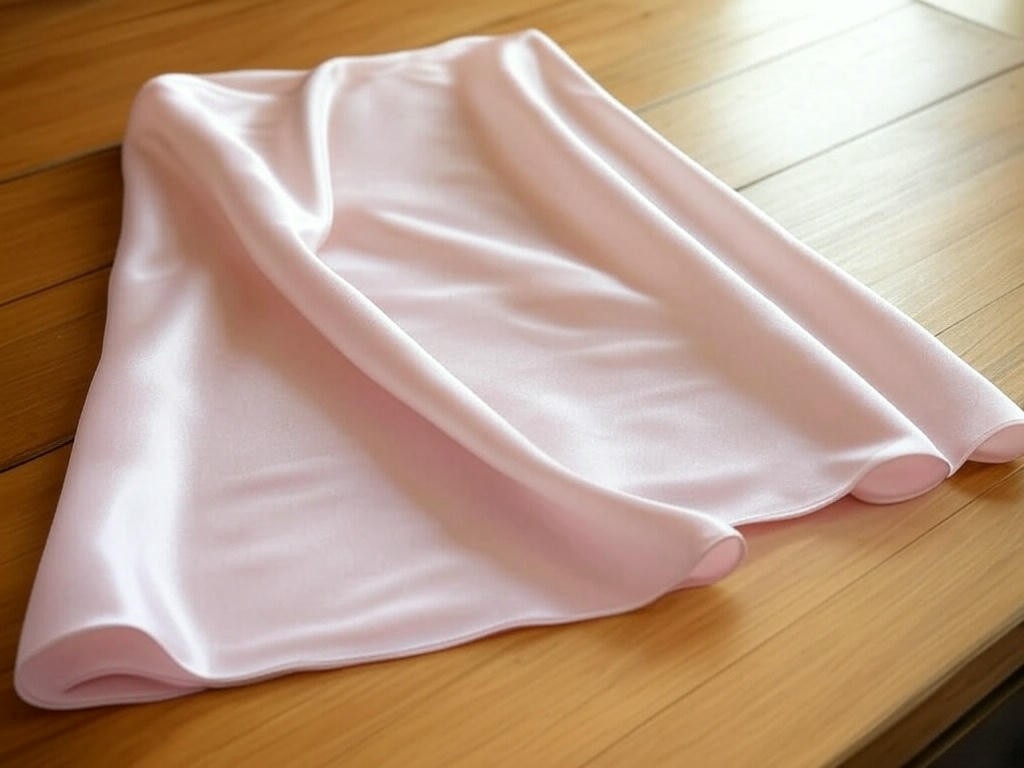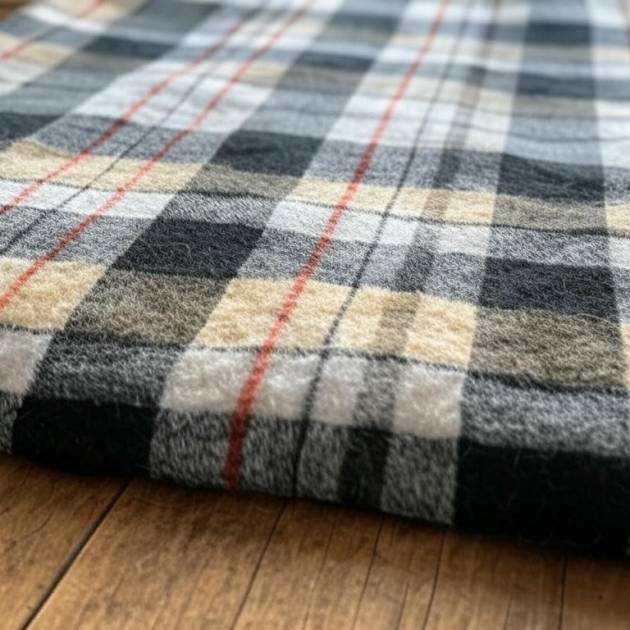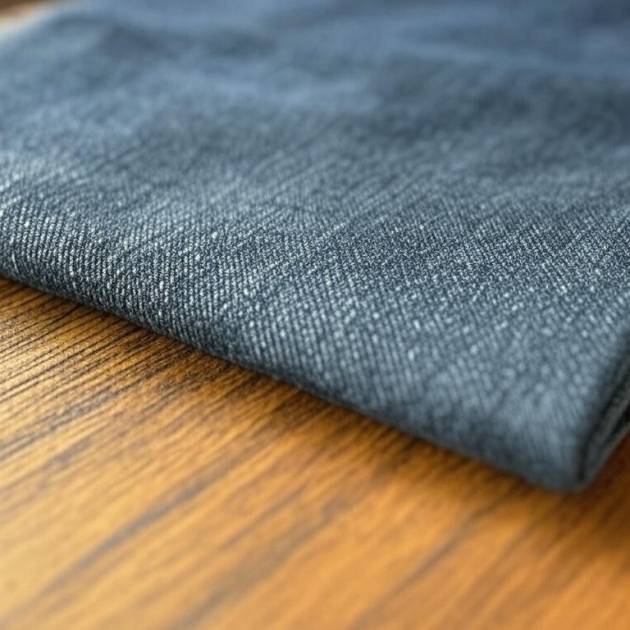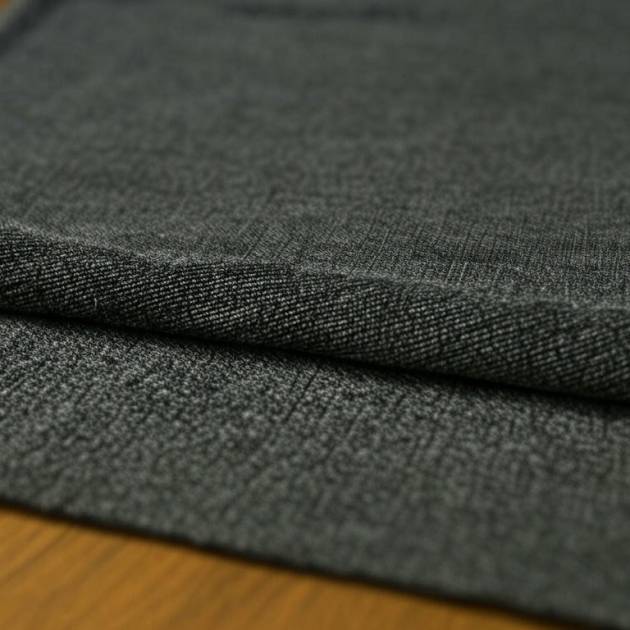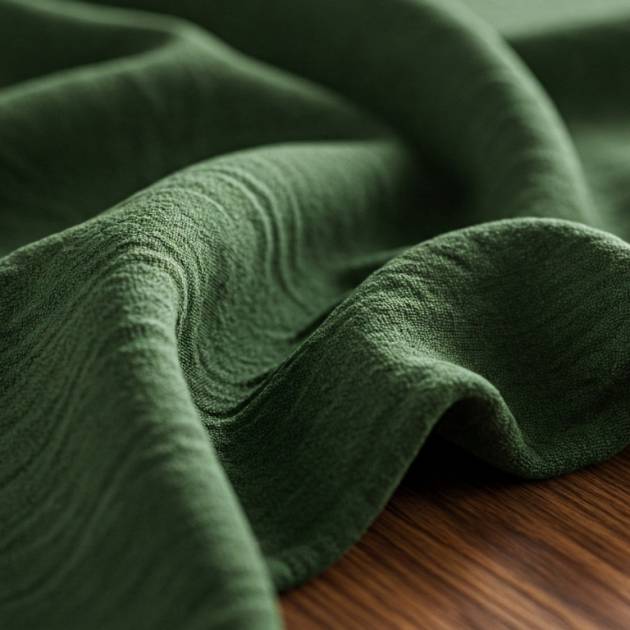Product History
Satin’s history dates back to ancient China, where it was first crafted from silk and prized for its lustrous elegance. By the 1800s, it became a preferred fabric for dressmaking, particularly for evening gowns worn by upper-class and working-class women alike. During the reign of King Louis XIV, satin adorned not only garments but also furniture in the lavish Palace of Versailles, highlighting its versatility and grandeur.
Today, satin remains a symbol of luxury, gracing everything from bridal gowns to bedding. Its timeless appeal lies in its ability to exude opulence while offering practicality in modern fashion and interior design. Whether for couture garments or elegant home décor, satin continues to captivate with its smooth sophistication.
Product More Info
Satin is created using a satin weave technique with floating warp yarns. This weaving method minimizes interlacings, producing a soft, glossy surface and a matte reverse side. While traditionally made from silk, modern satin incorporates fibers like polyester, nylon, or silk-cotton blends for enhanced durability and affordability.










